Premium Only Content
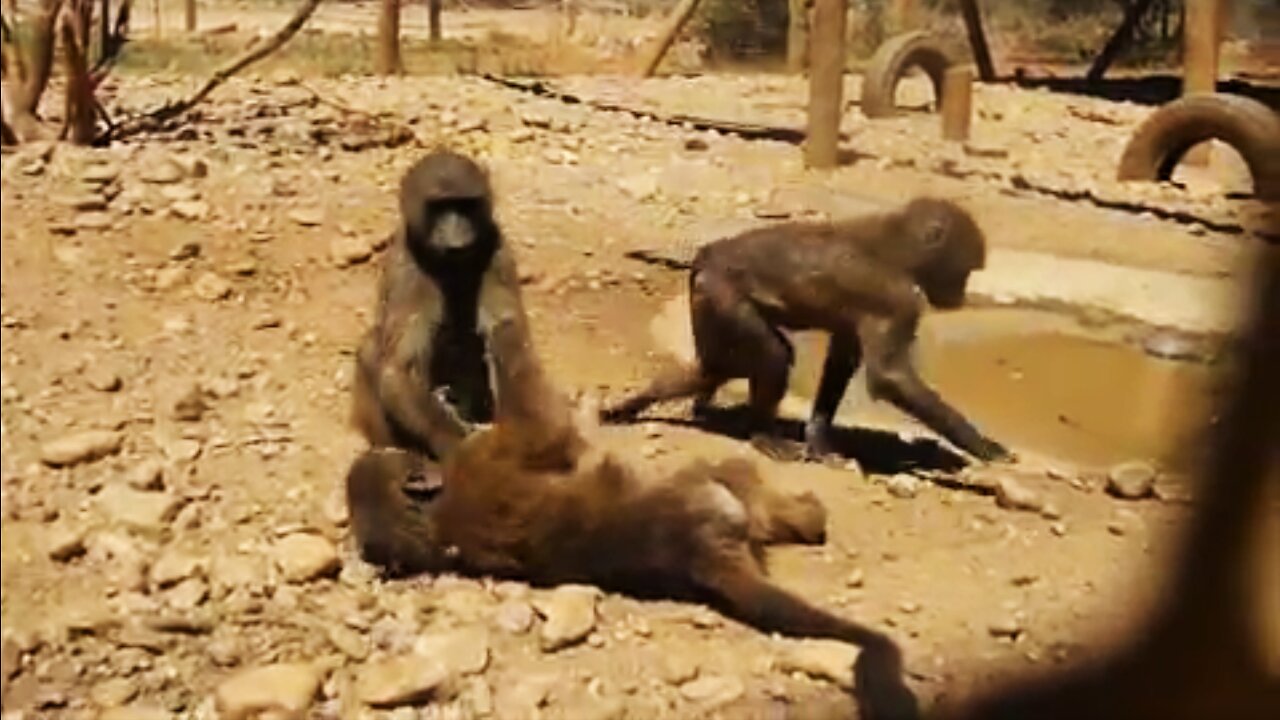
Rescued baby baboons playing
All of these baby baboons lost their mothers, so they had to be rescued and now live at a wildlife sanctuary. As all baby animals, these little ones love to play, and in spite of their sad beginning, they have many play mates and life the best life possible, receiving lots of love from their carers, environmental enrichments, and getting take on daily walks, where they can be wild again!
The Chacma Baboon (Papio ursinus), is one of the five species of baboons, along with the Yellow baboon (Papio cynocephalus), the Olive baboon (Papio anubis), the Guinea baboon (Papio papio), and the Hamadryas baboon (Papio hamadryas). With the exception of the Hamadryas Baboon, which also occurs in the southwestern tip of the Arabian Peninsula, they are all native to the African continent. The Chacma Baboon occurs all over southern Africa, up to the Zambezi valley, Caprivi, and southern Angola.
Two subspecies of Chacma Baboon are recognized: Papio ursinus griseipes, occuring in south-west Zambia, Botswana, Zimbabwe, and Mozambique; and Papio ursinus ursinus, occuring in all provinces of South Africa and throughout Namibia.
They have the need to drink water daily, making water a limiting factor for their range, but they occupy subdesert and steppes, savanna, all types of woodland, montane regions, Cape Fynbos and Succulent Karoo.
Chacma Baboons live in troops of usually 20 to 50 members, but up to 130 individuals have been recorded together. The troops contain adult males, females and the babies, and it has a complex social structure, and are ranked by dominance.
Baboons are omnivorous and opportunistic, which means that they eat a little bit of everything, and will take whatever they can get their hands on, even though they might show a preference for bulbs, shoots, roots, seeds, and fruits. They can also eat fungi, lichen, invertebrates, small vertebrates and, occasionally, even small antelopes, or lambs and small stock, in some ranching areas.
They are usually considered pests, for raiding crops and livestock, which makes people shoot and poison them. They are also hunted for bushmeat, captured for the pet trade and can be used for medical research, but victims of urbanization as well, getting hit by cars or electrocuted.
-
 0:43
0:43
NataliaCara
2 years agoIt's dinner time for this rescued immature Southern Elephant Seal
3481 -
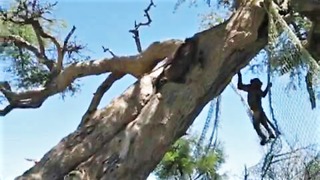 0:39
0:39
NataliaCara
6 years agoRescued baby baboons having fun
100 -
 0:05
0:05
rafikithedevonrex
5 years ago $0.03 earnedCat loves playing with baby
6211 -
 0:42
0:42
Djamil
5 years agoRescued baby raccoons
382 -
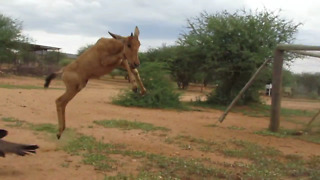 0:21
0:21
NataliaCara
6 years agoRescued baby hartebeest and oryx playing tag
1783 -
 0:08
0:08
Nicolle
5 years ago $0.02 earnedBaby playing with cat
529 -
 1:01
1:01
Djamil
5 years agoRescued baby bird returned to parents.
16 -
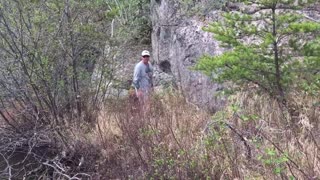 4:56
4:56
ViralHog
5 years agoBaby Moose Rescued Twice
106 -
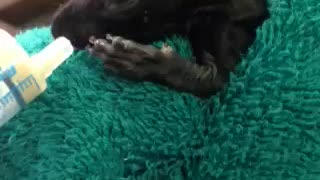 0:36
0:36
johnny3
6 years agoBaby Squirrel rescued
109 -
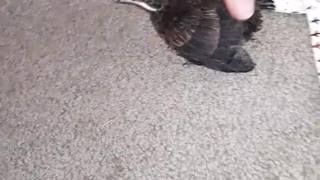 1:06
1:06
ViralHog
4 years ago $9.12 earnedRescued Baby Bird Likes to Talk Back
6.26K